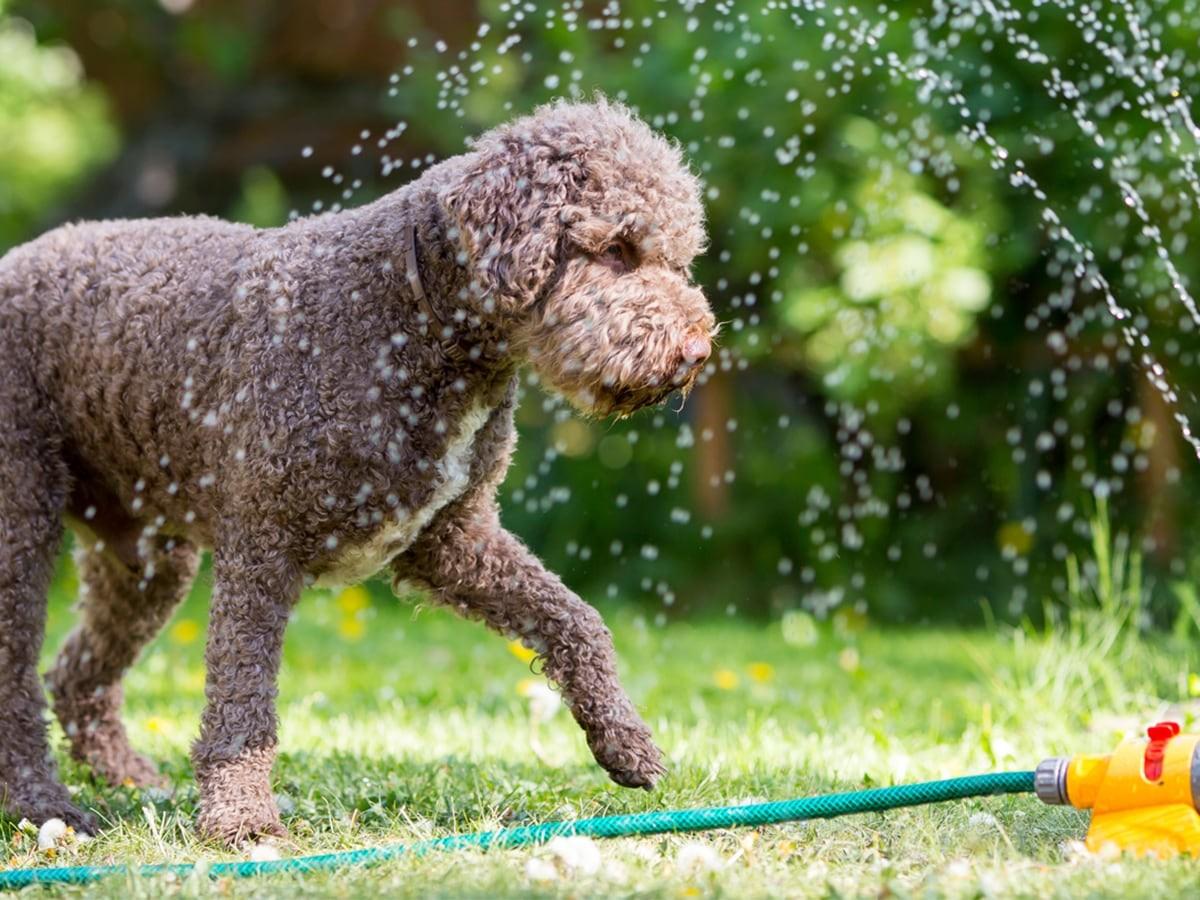Summer brings fun and outdoor adventures, but it's vital to prioritize your dog's safety in hot and humid conditions. Heatstroke poses a serious health threat to our canine companions. Understanding the causes, signs, and preventative measures is key to protecting your furry friend.
What is Heatstroke in Dogs?
Heatstroke, also known as hyperthermia, occurs when a dog's body temperature rises to dangerously high levels, overwhelming their natural cooling mechanisms. Unlike humans, who sweat across their whole bodies, dogs mostly regulate temperature through panting and limited sweating through their paw pads. This makes them especially susceptible to overheating in hot and humid environments.
Why Humidity Matters
Humidity significantly exacerbates the risk of heatstroke in dogs. High humidity reduces the effectiveness of panting. When the air is saturated with moisture, it's harder for your dog's panting to evaporate moisture and cool them down.
What Humidity is Too High for Dogs?
While breed and individual factors play a role, it's generally best to exercise caution when the heat index (temperature combined with humidity) exceeds 75 degrees Fahrenheit. Pay attention to your dog's behavior, regardless of the exact numbers, for any signs of heat distress.
Does Muggy Weather Affect Dogs?
Yes, mugginess makes it harder for dogs to cool themselves. Panting becomes less effective, and heat-related illness becomes a greater risk.
Does Humidity Make Dogs Pant More?
Yes, dogs pant more in humid weather as their bodies struggle to regulate their temperature. Excessive panting is a potential sign of heat exhaustion.
Symptoms of Heat Exhaustion in Dogs
Early recognition is crucial to avoid progression to life-threatening heatstroke. Watch for the following signs in your dog:
Excessive panting and difficulty breathing
Bright red gums, sticky saliva
Signs of dehydration (dry nose, lethargy, sunken eyes)
Elevated body temperature (above 103°F)
Vomiting or diarrhea
Muscle tremors
Weakness, stumbling, or collapse
Is It Safe to Walk Dogs in High Humidity?
Prolonged exercise in high humidity is unsafe for most dogs. Opt for very early morning or late evening walks when temperatures are lower, and keep walks short. Always carry water and watch for signs of overheating.
First Aid for Dog Heatstroke
If you suspect heatstroke, immediate action is crucial. Remember, heatstroke is a veterinary emergency
Remove from Heat: Move your dog to a shaded or air-conditioned area.
Gradual Cooling: Offer small amounts of room-temperature water. Apply cool, wet towels to their bodies, focusing on the head, neck, armpits, and groin. Avoid ice water, as it can cause too-rapid cooling.
Seek Veterinary Care: Contact your veterinarian or an emergency animal hospital immediately, even if your dog seems to be improving.
FAQ: Frequently Asked Questions About Dogs and Heat
What temperature is too hot for dogs? Generally, when the temperature exceeds 90°F, exercise caution. The heat index (considering humidity) is a better indicator of risk.
Can my dog get heatstroke inside? Yes, especially if the indoor environment is hot and poorly ventilated. Brachycephalic breeds (short-nosed dogs like pugs) are particularly vulnerable.
How to cool down a dog with heatstroke? Focus on gradual cooling with cool (not ice-cold) wet towels and providing small amounts of room-temperature water. Immediate veterinary care is essential.
Expert Insights From Spot
Spot's data reveals that heatstroke can be costly, with pet insurance claims peaking between April and September and averaging $2,500 – a significant burden on pet owners. Being proactive in keeping your dog cool can prevent both health risks and financial strain. You could even check out some other questions about dogs here.
Key Takeaways
By understanding the impact of heat and humidity, recognizing the signs of heatstroke, and taking preventative measures, you can help keep your dog safe and healthy during the warmer months. Remember, if you suspect heatstroke, swift action, and immediate veterinary attention are critical.

I’m Charlie: canine enthusiast with a knack for figuring out why my dog, Dallas, is more infatuated with tennis balls than me. My lifelong passion for dogs has created a dedication to help other pet parents better understands their furry family members!











